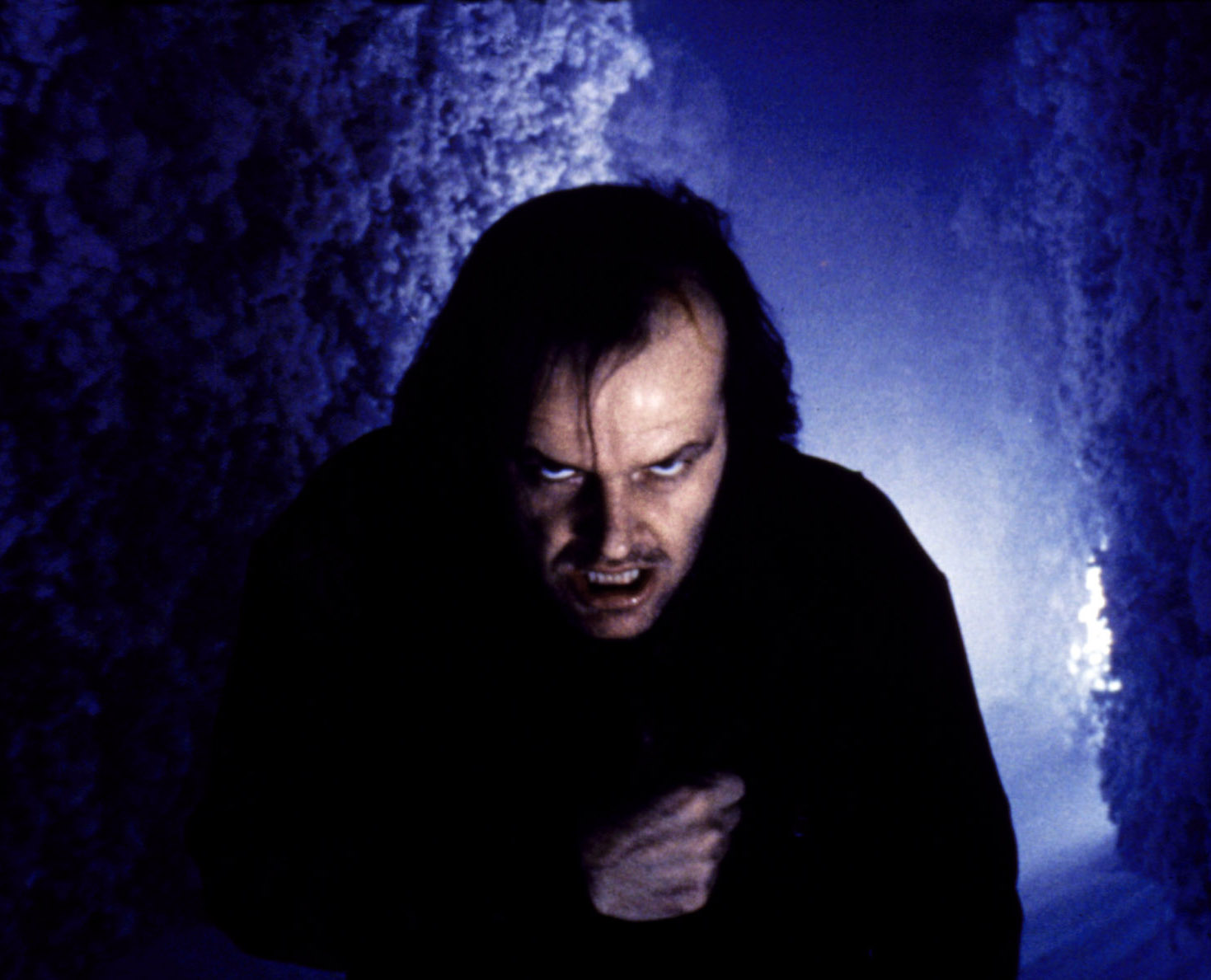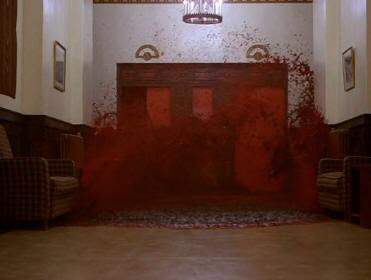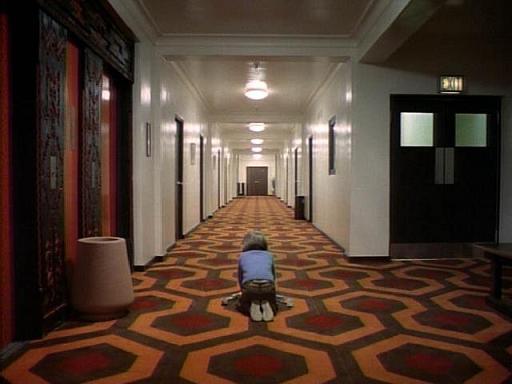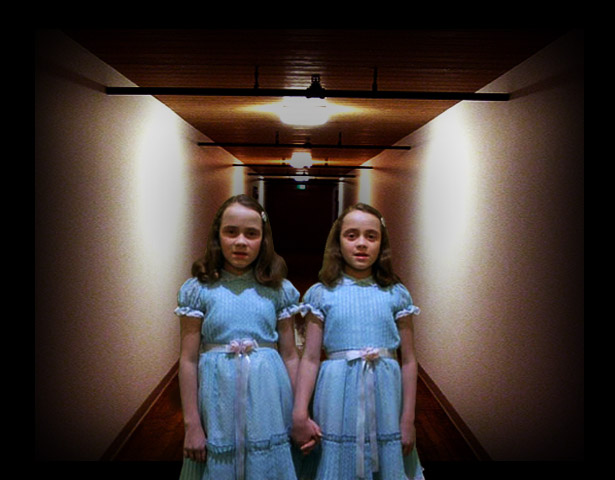Corridors



Manipulated Realities
Corridor - a long hall. An extension of liminal space, this extended liminal space is used to heighten the experience of threshold. The consequence of this in film is a build up of tension. The corridor leads the viewer on a directed path to a destination unknown, but a destination none the less. This allows the viewers to create their own assumptions as to what that final conclusion might be, investing them deeper into their own manipulated realities.
Footer
